In September, I published a post sharing details on the camera and lens we used to shoot Distant Era’s last series, The People of Light and Shadow. I promised to post something in the future on the light modifiers we used, and here it is!
Lights
When I started digital photography, flash terrified me. Sometimes I mounted a flash onto my old Canon Ftb film camera, but the results were seldom great. Shooting on Speedlite flashes from 2016 through 2020 eventually led to an understanding of how to use flash. There was a lot of guesswork that went into using small flash for artistic purposes. I have hundreds (thousands?) of test shots where we guessed where the light would hit, tested, shot, tested, shot, etc. During this time, I invested in rechargeable batteries to keep these flashes running. For the curious, I shot with two Canon EX II-RT flashes and up to four Yongnuo 600 EX-RT flashes. The Yongnuo flashes were off brand versions of the flashes Canon offered, at a fraction of the price. They weren’t as well built, but they did the job. I shot my first three-and-a-half Distant Era series, and everything I shot before around October 2020 with small, battery-powered flashes, including Urban Fantasy, Portraits from a Distant Era, Hauntings from a Distant Era, A Distant Era: Chicago—November 2019, The Contract, and everything else shot prior to the pandemic.
In 2020, I moved up to plug-in lights, in order to take some of the guesswork out of lighting. I also wanted some additional power without worrying about running out of batteries. On this occasion, I chose the Profoto D2 because it was the light I had learned to shoot studio portraiture with at Chicago Photography Academy in 2018. I was comfortable with this well-built light. I knew how it worked. The controls and interface were simple. My decision was based solely on familiarity and comfort.
Main Light Modifiers
Virtually every time I shoot with a light, it has a modifier on it, which affects the way the light reaches the subject. There are modifiers that produce harder light with greater contrast between light and shadow, and there are modifiers that produce softer light, which wraps around the subject and creates softer shadows. The one to use is entirely based on preference, the mood of the shoot, and the model you’re shooting, as well as the shape of the catchlight in the model’s eye. For The People of Light and Shadow, I used softboxes (soft light), and a beauty dish (hard light).
Softboxes
Along with my Profoto D2 monolight, I got a rectangular 3 x 4 softbox. The first time I used it was in this photograph of Elizabeth MacDougald, taken during the first year of the pandemic, and the first photo on this blog. Note the way the light wraps softly around her. I used the same softbox on her portrait in The People of Light and Shadow. Sometimes, we attach a grid to the front of the softbox for more focus and control of the light.
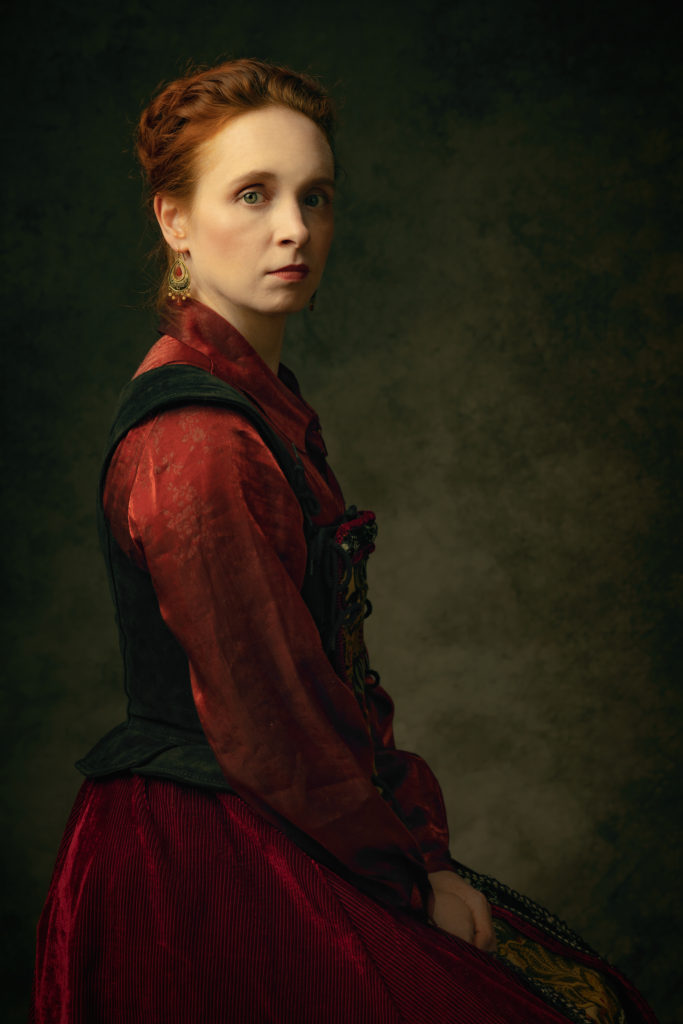
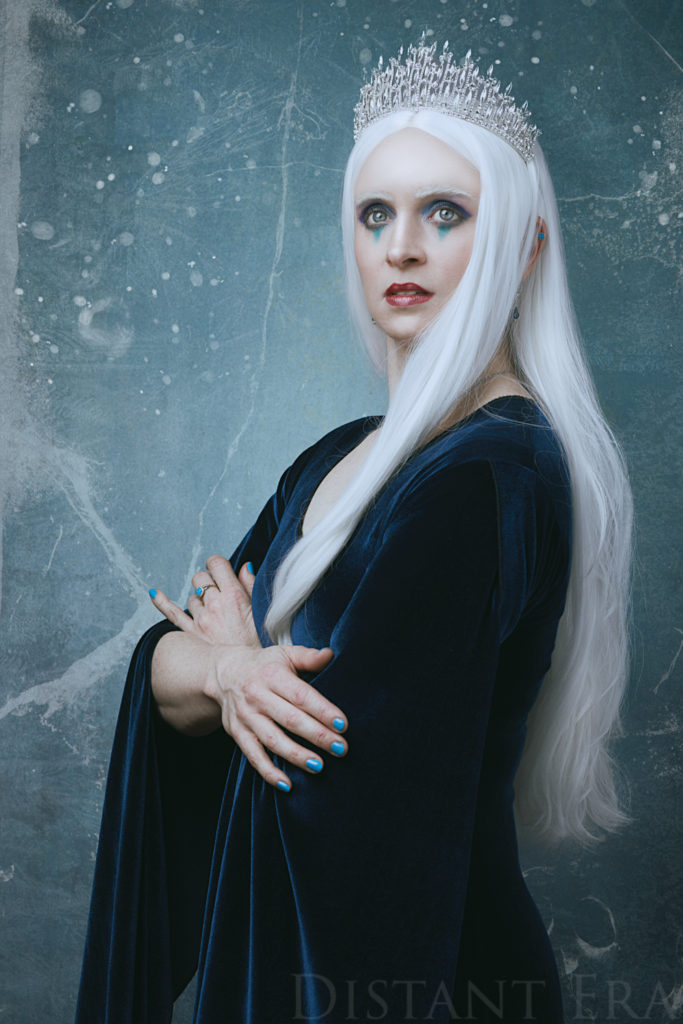
Beauty Dish
The beauty dish is a small, round, hard modifier that does a great job highlighting prominent facial features and creating distinct zones of contrast where the face falls into shadow. With a grid attached to the beauty dish, the light becomes even more focused, illuminating a small portion of the subject and dropping the rest into shadow. I used this modifier as my key light more often than I anticipated on The People of Light and Shadow.
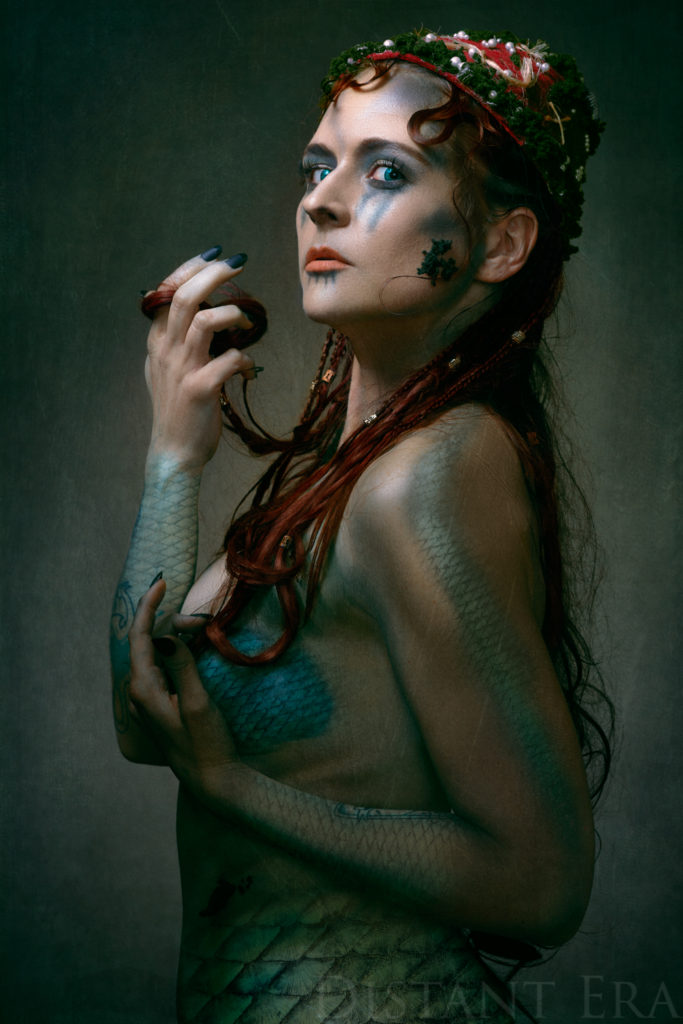
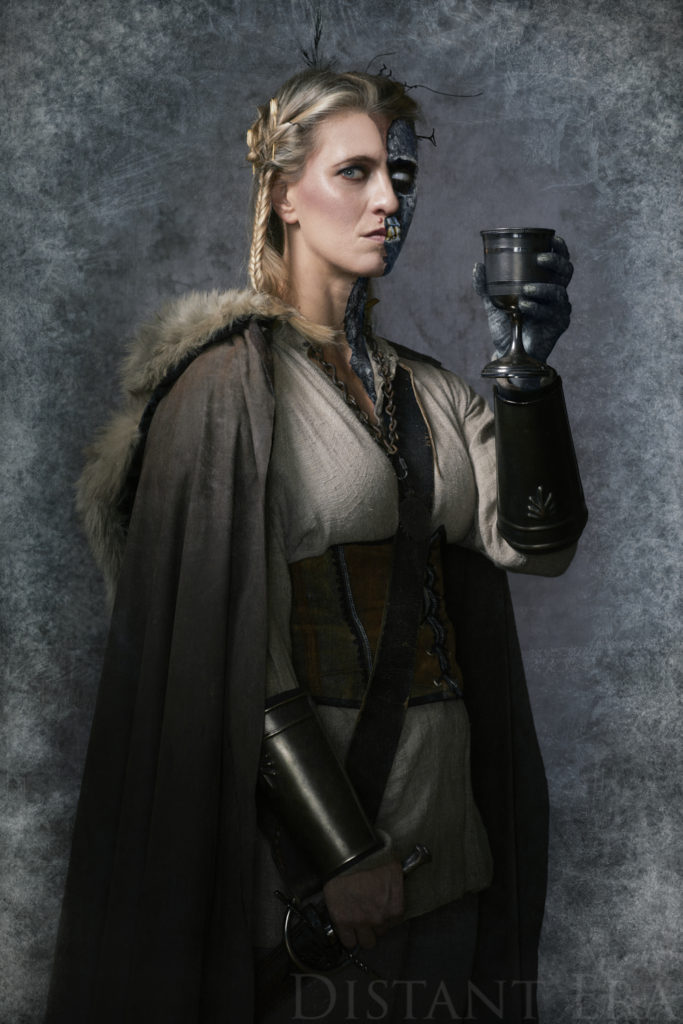
Fill Light and Fill Modifiers
I’ll often fill in some of the hard shadows created by the main lights, especially the beauty dish, just so they’re not quite as harsh. For this I’ll sometimes add a large, white umbrella with diffusion draped over the front, and a light set to low power. Umbrellas make a nice, soft light that bounces everywhere. We also use handheld reflectors to bounce light back toward the subject to fill in shadow.
V-Flats
V-flats are large pieces of foamcore, white on one side, black on the other. I typically set up a V-flat on the opposite side of the subject from the main light in order to temper the the shadows and darker areas on the other side of the subject. I sometimes use the dark side to absorb light.
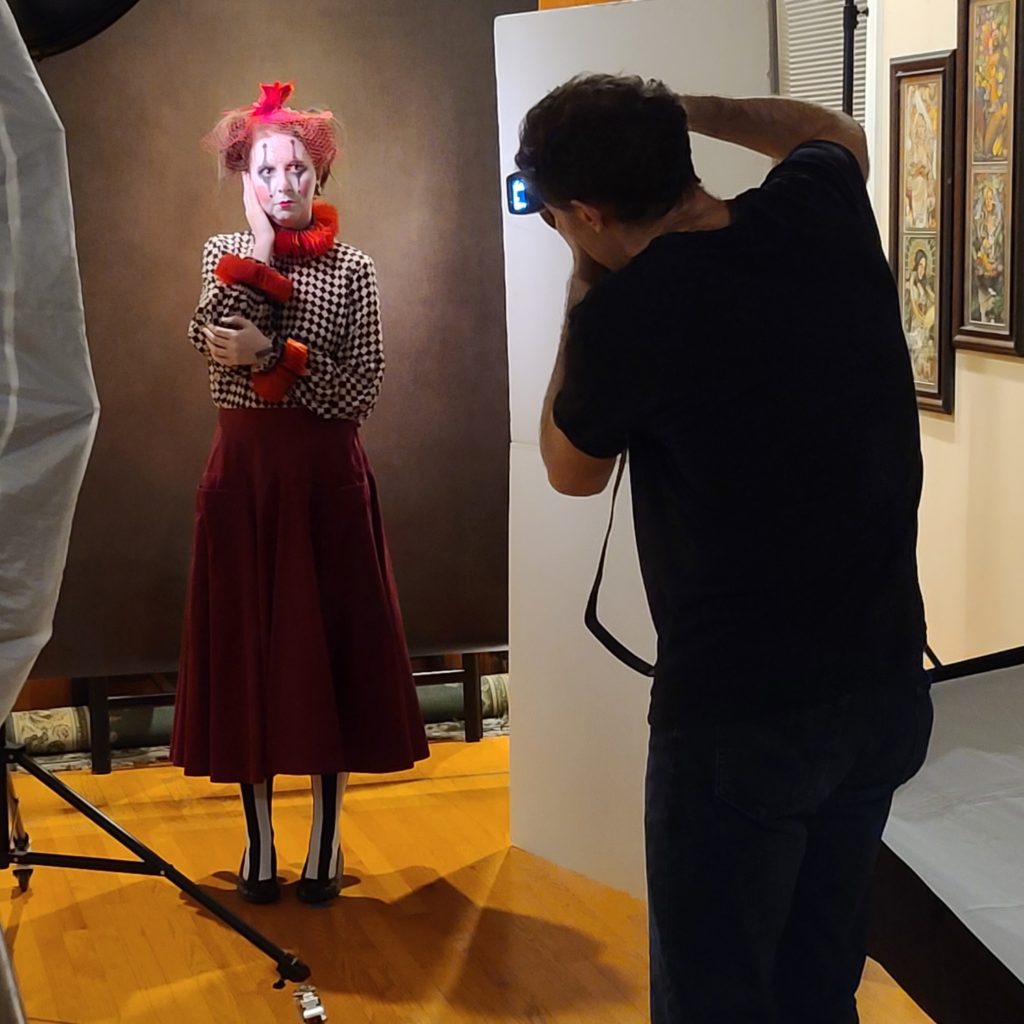
Miscellanea
On one subject (“The Fairies’ Midwife”) our main light was a moon prop, which was the primary source of illumination on the subject’s face, while another light was used to fill in the shadows. We also used some colored gels on “The Devil,” as described in that entry.
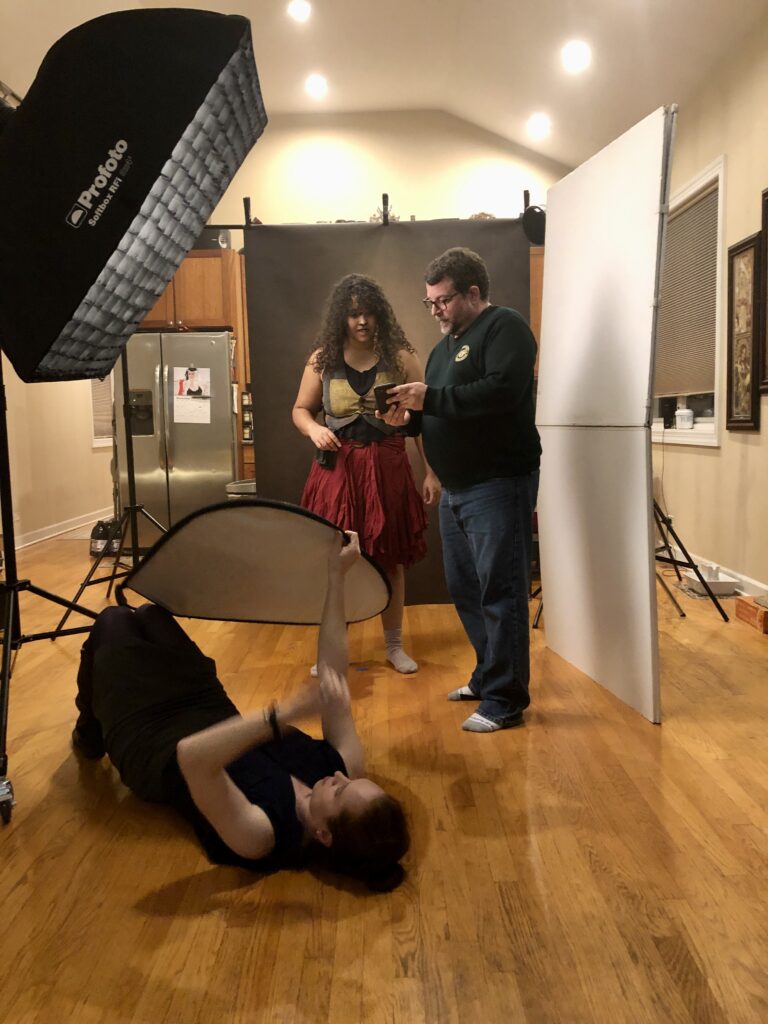
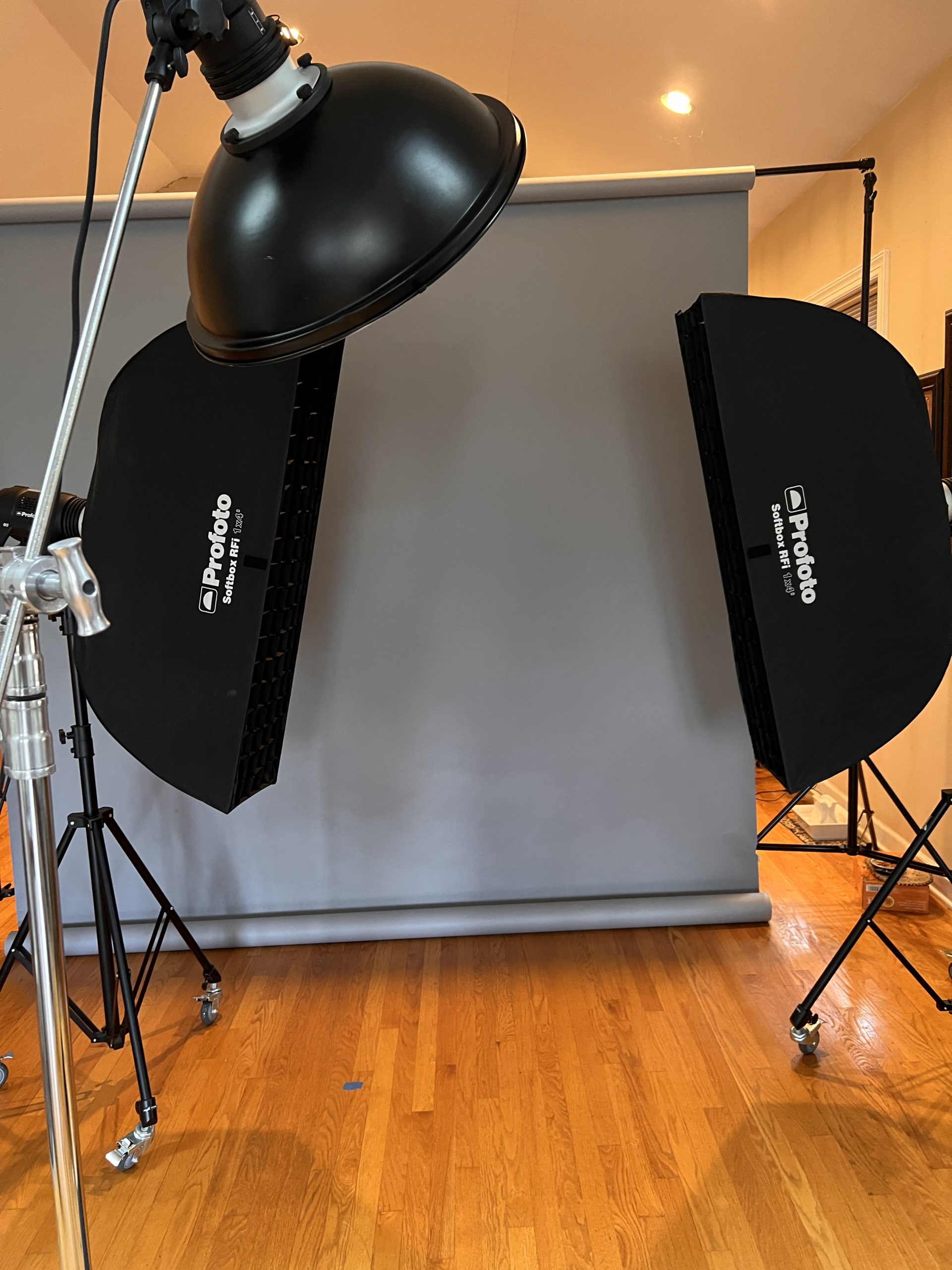
RIGHT: The beauty dish (hard light) modifier between two softboxes equipped with gels for “The Devil” from The People of Light and Shadow.
That’s about it for lighting and accessories on The People of Light and Shadow. In time I’ll post something about the software used in the editing.


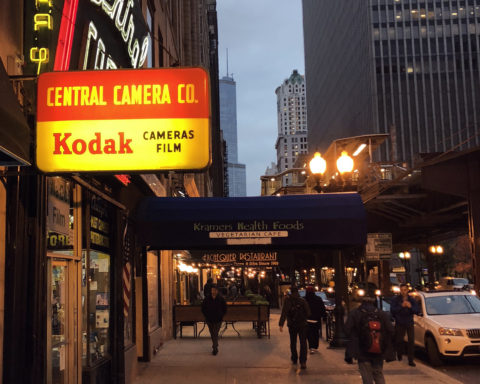
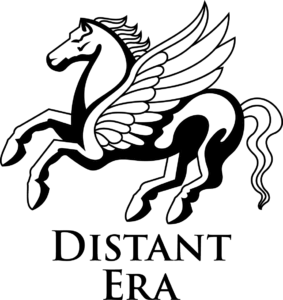
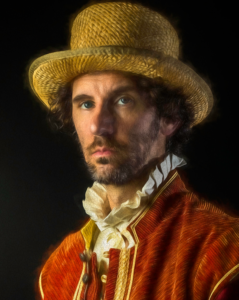
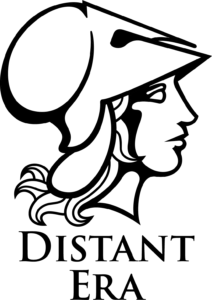
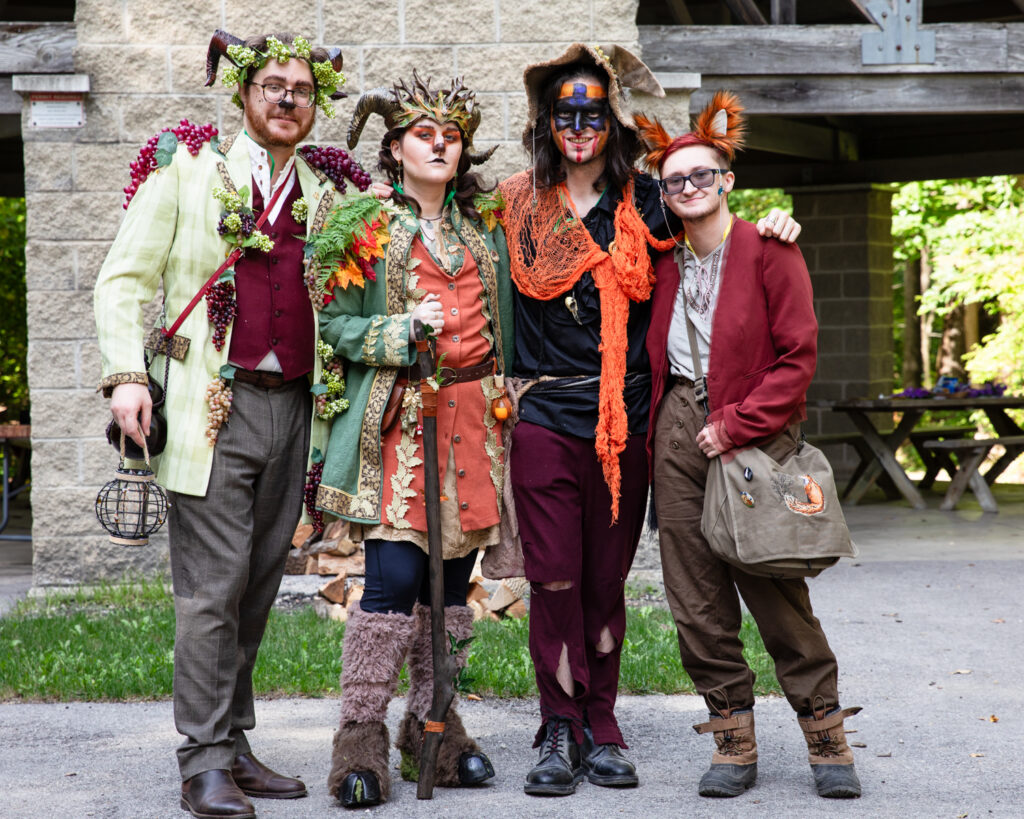
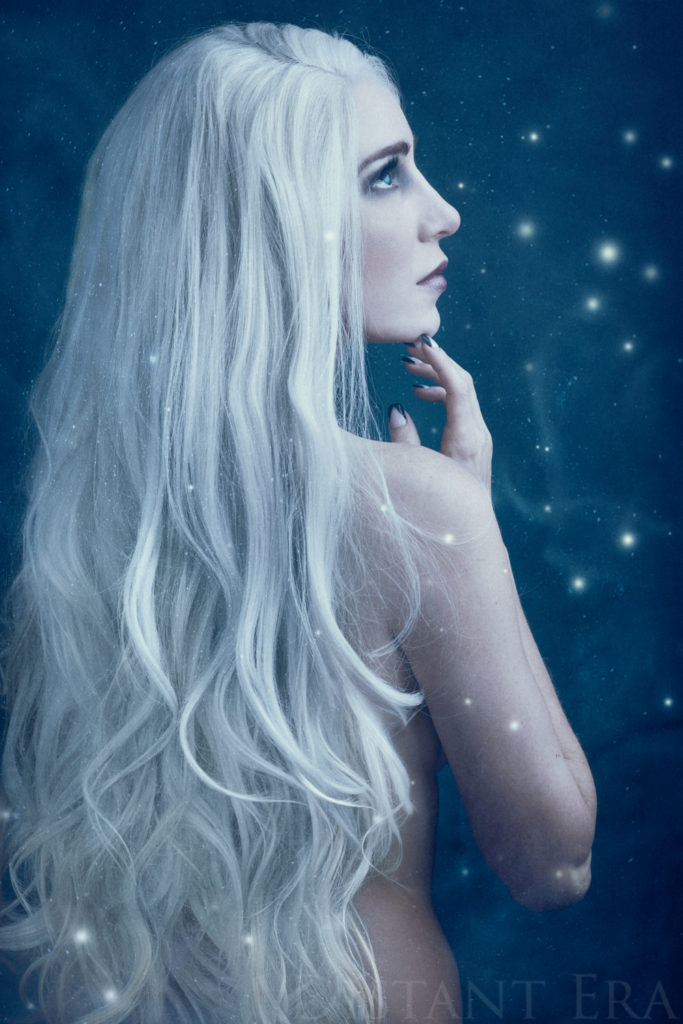
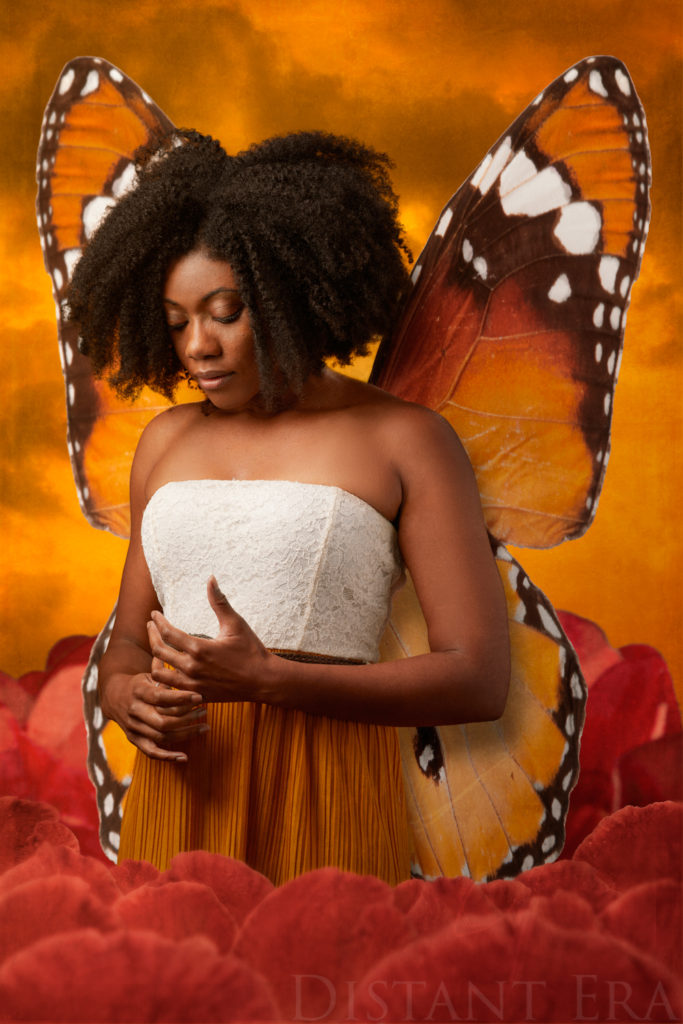
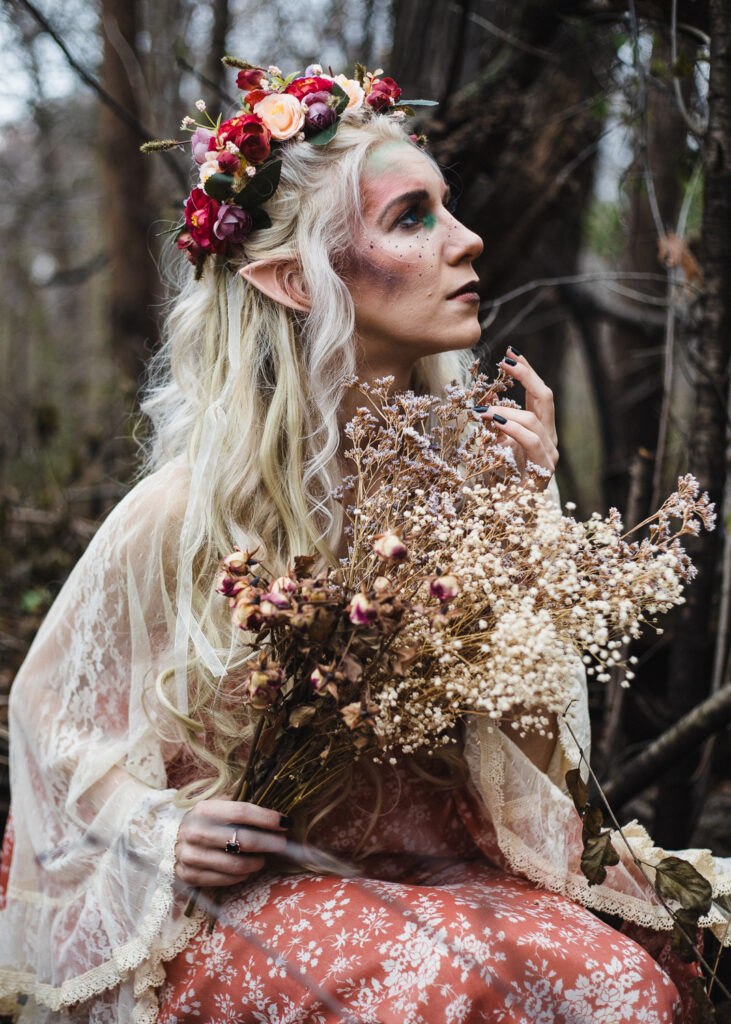
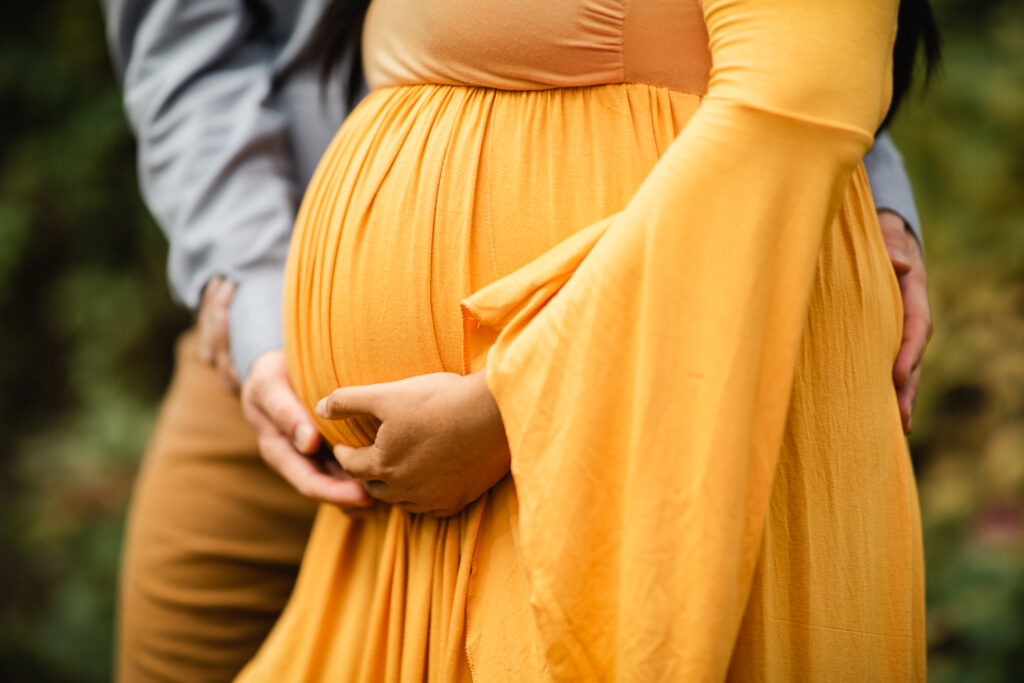
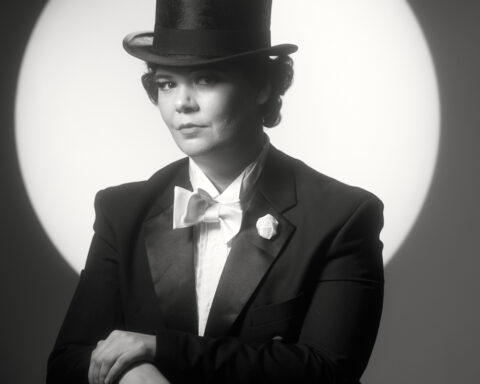
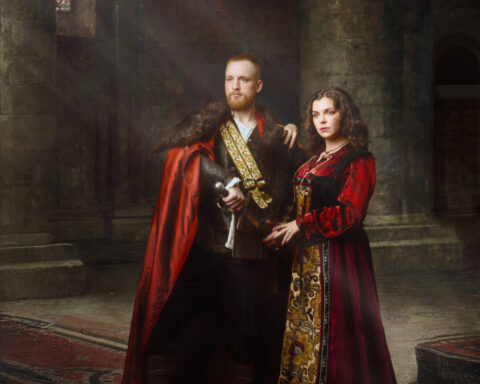


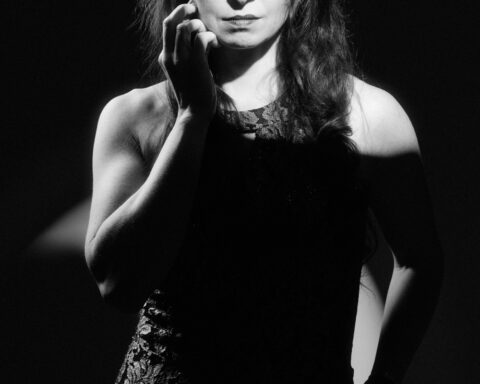
Follow Me